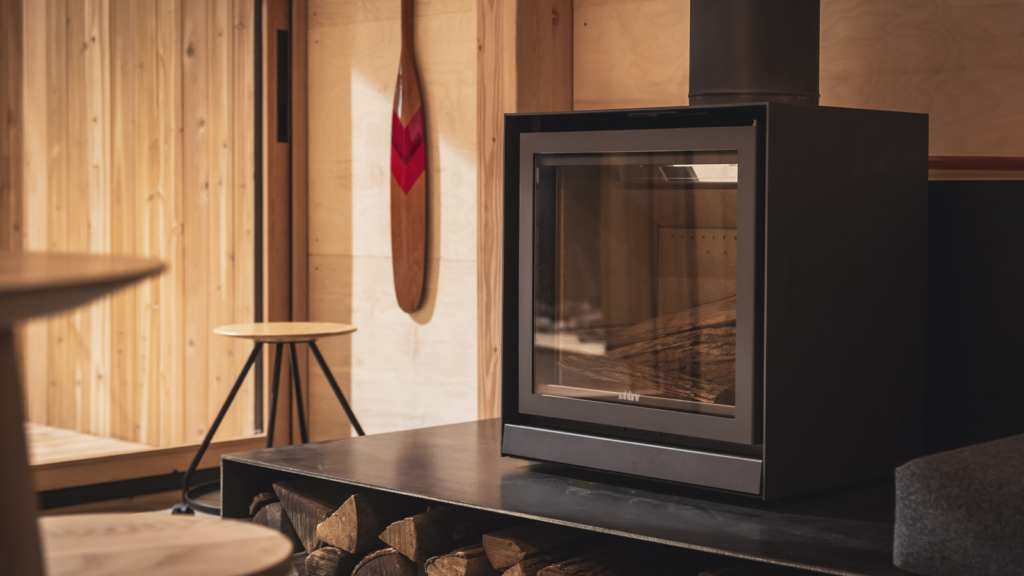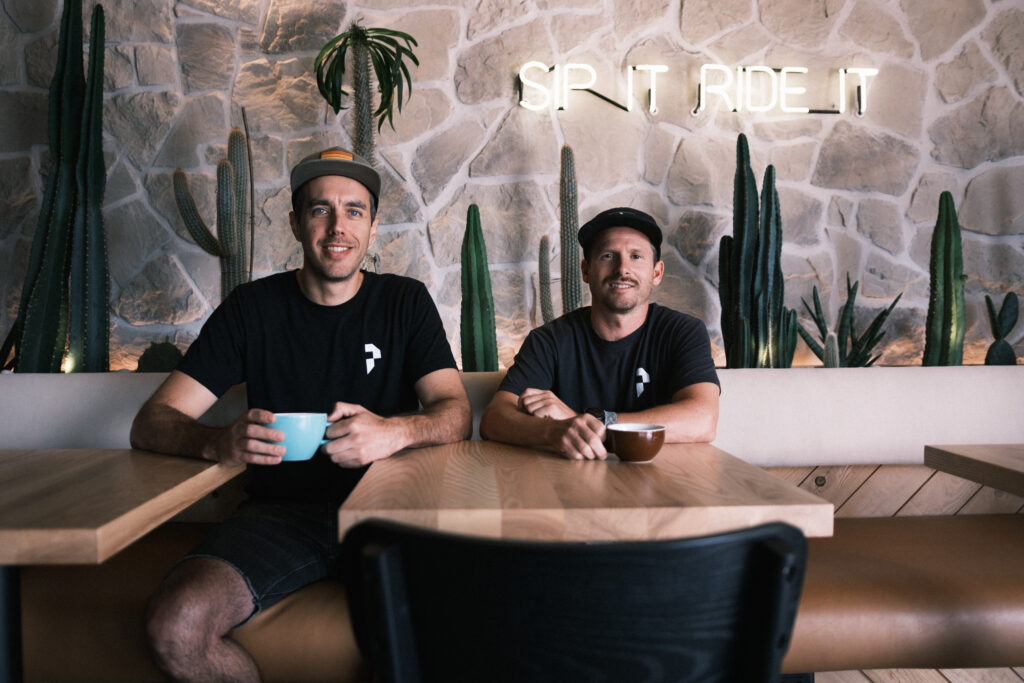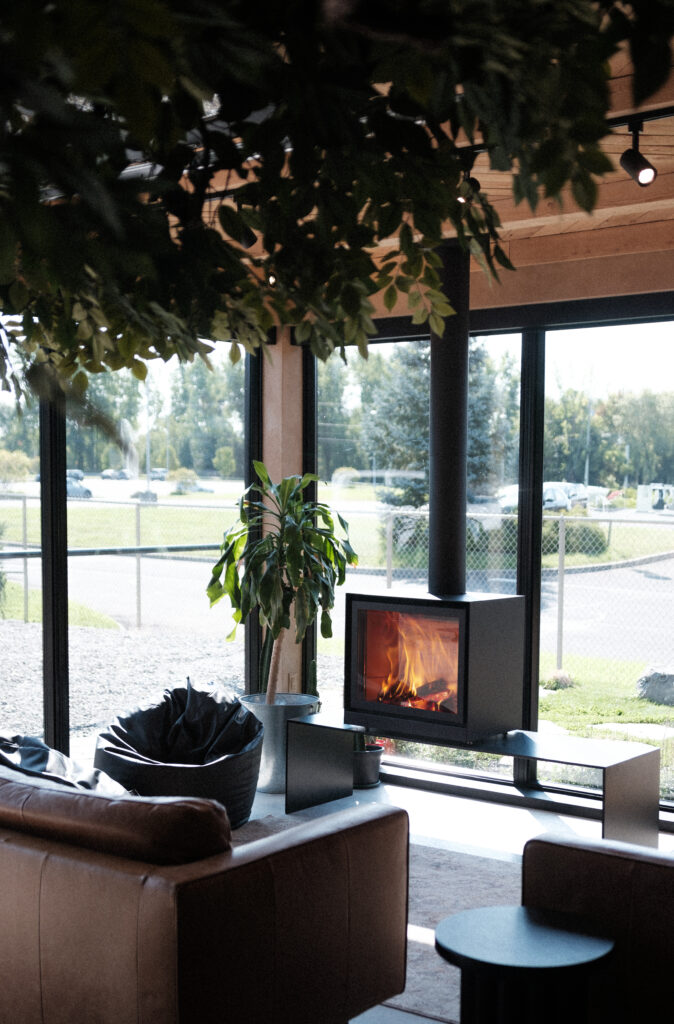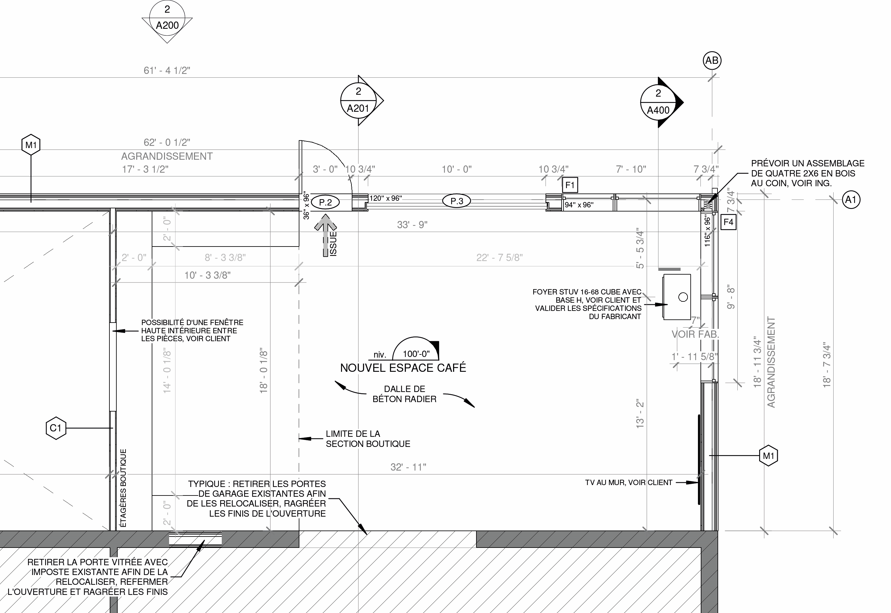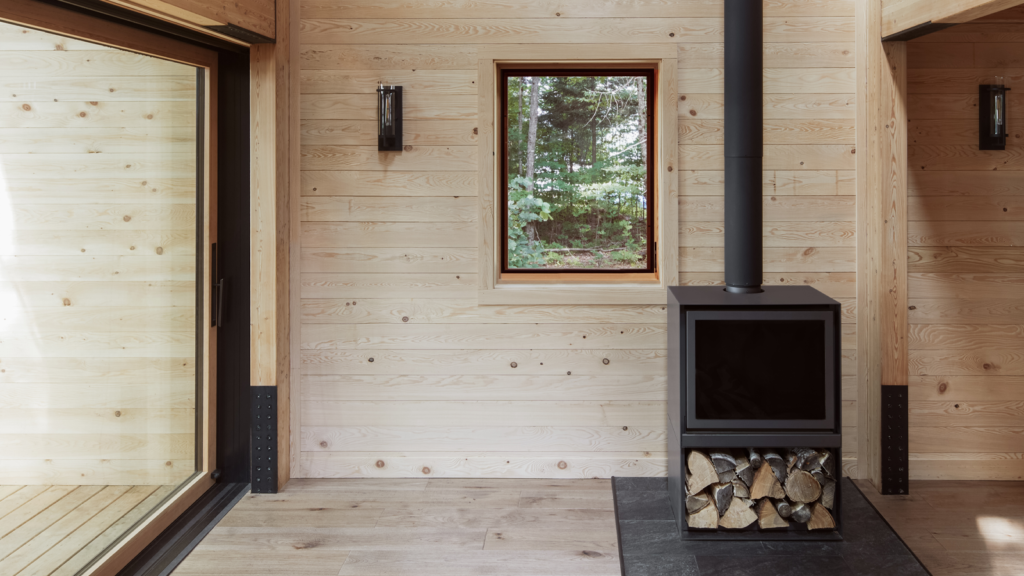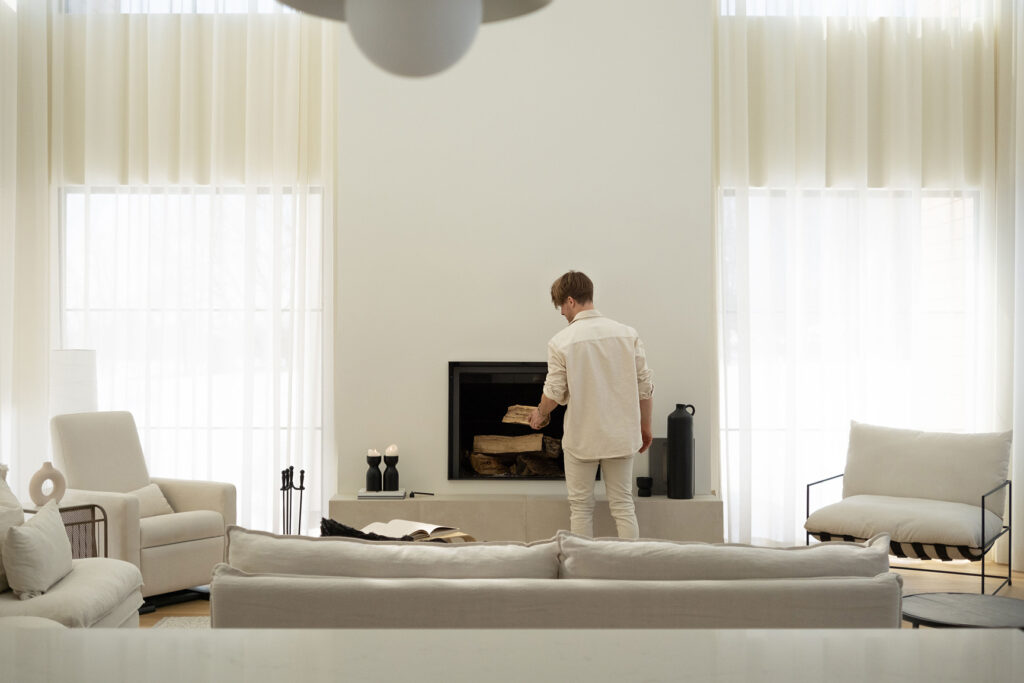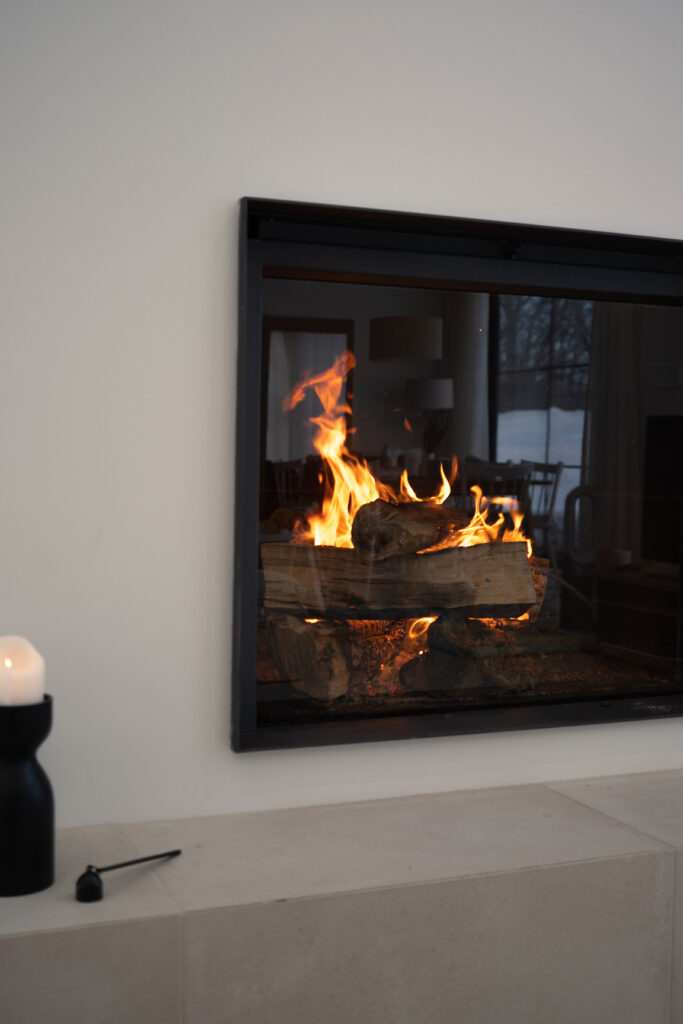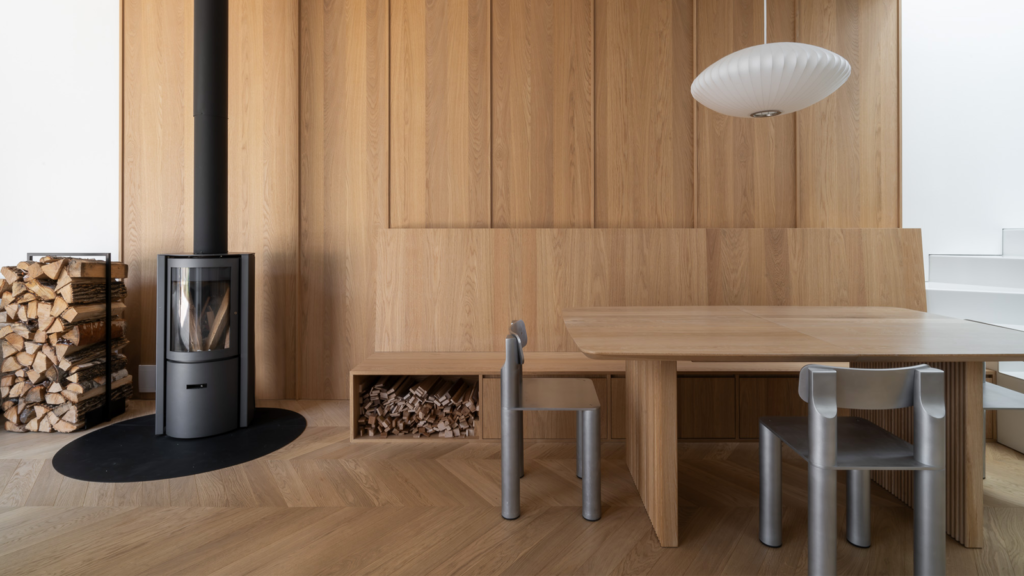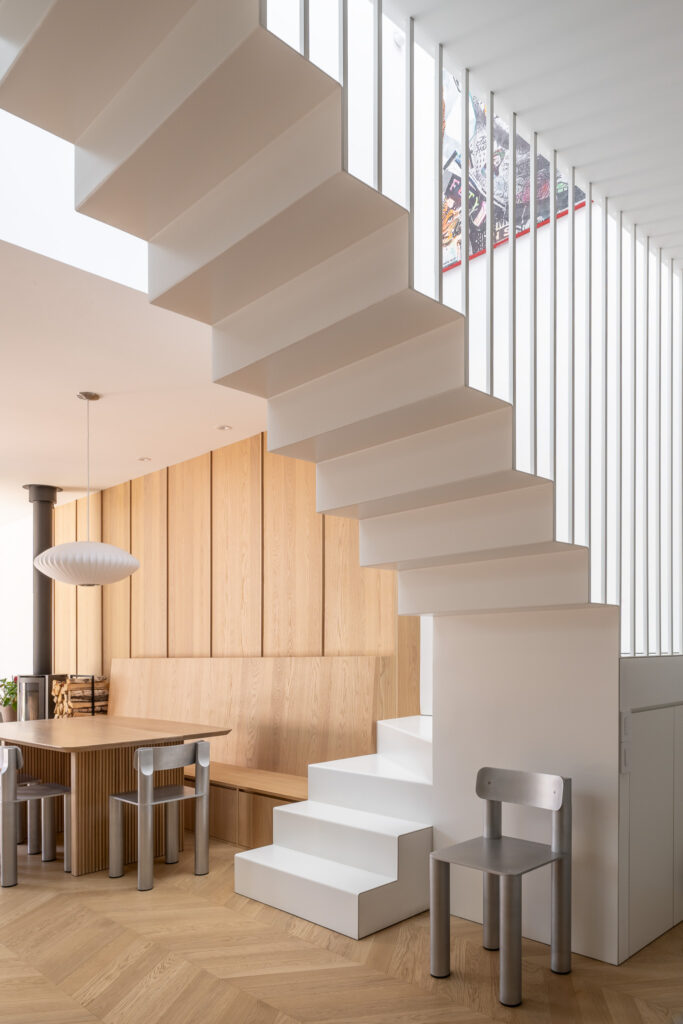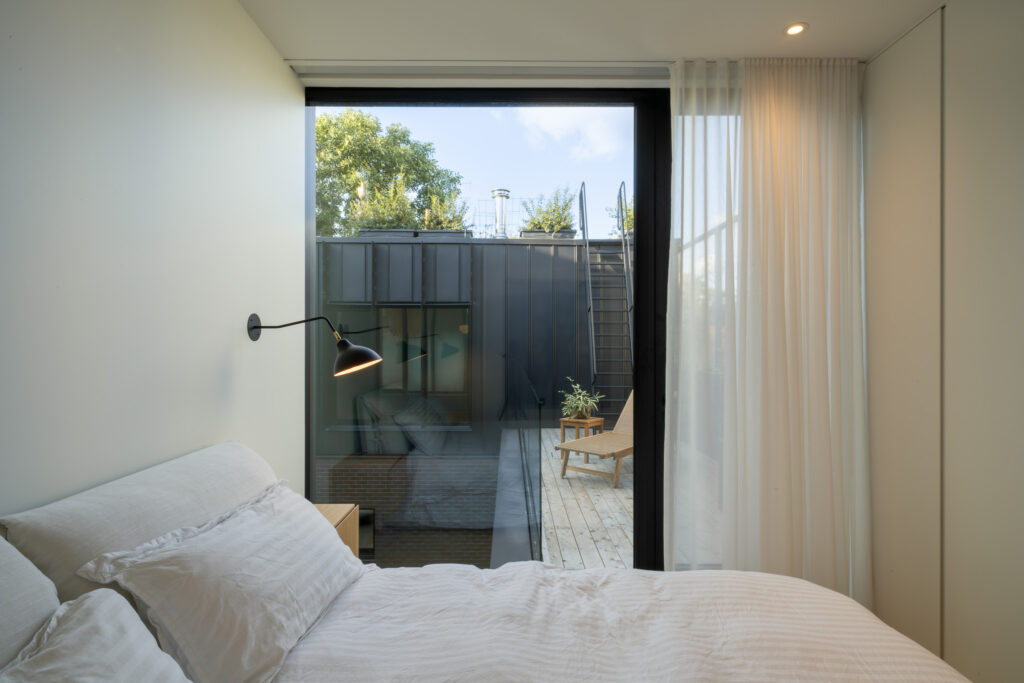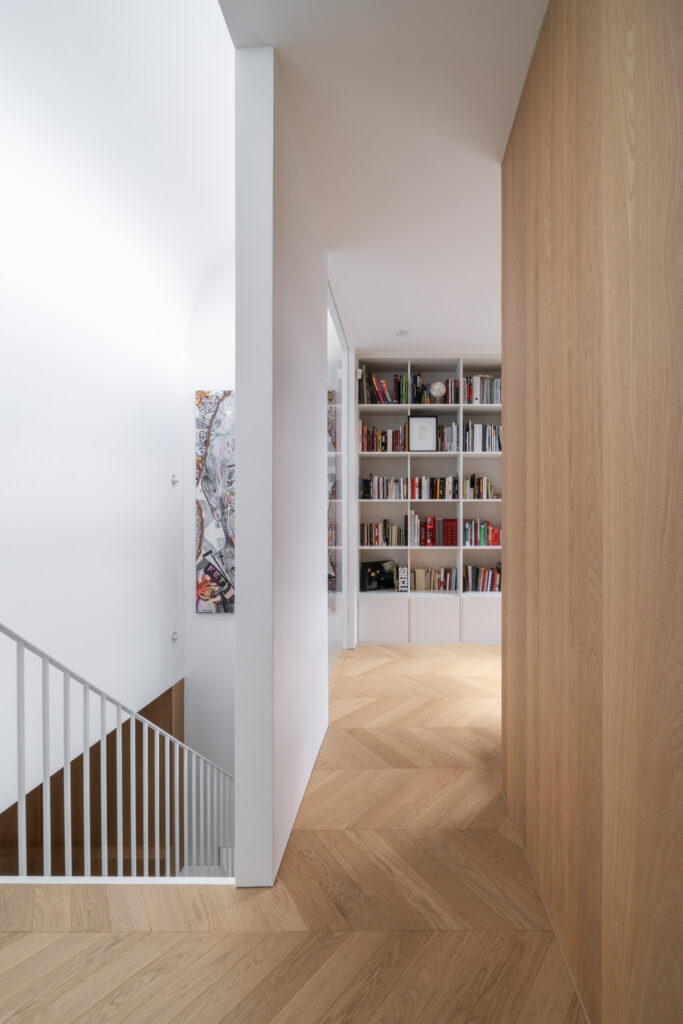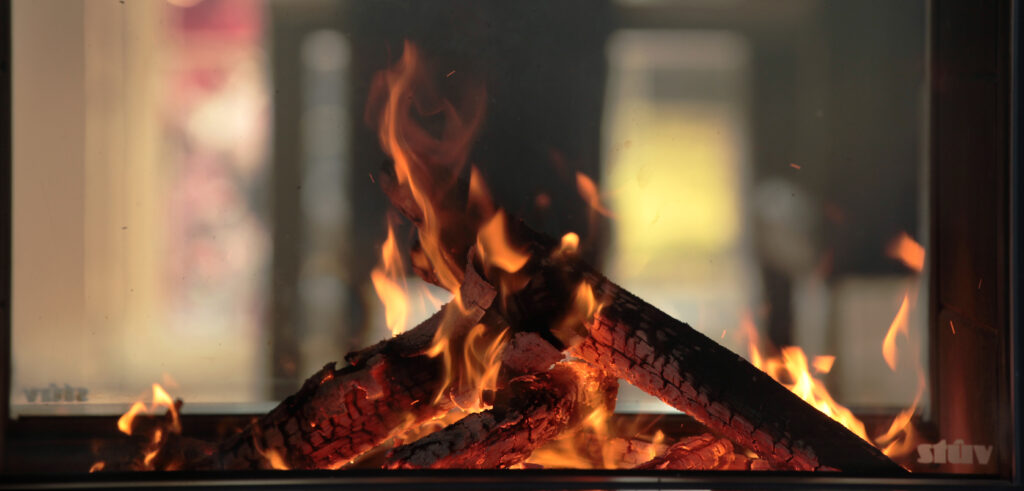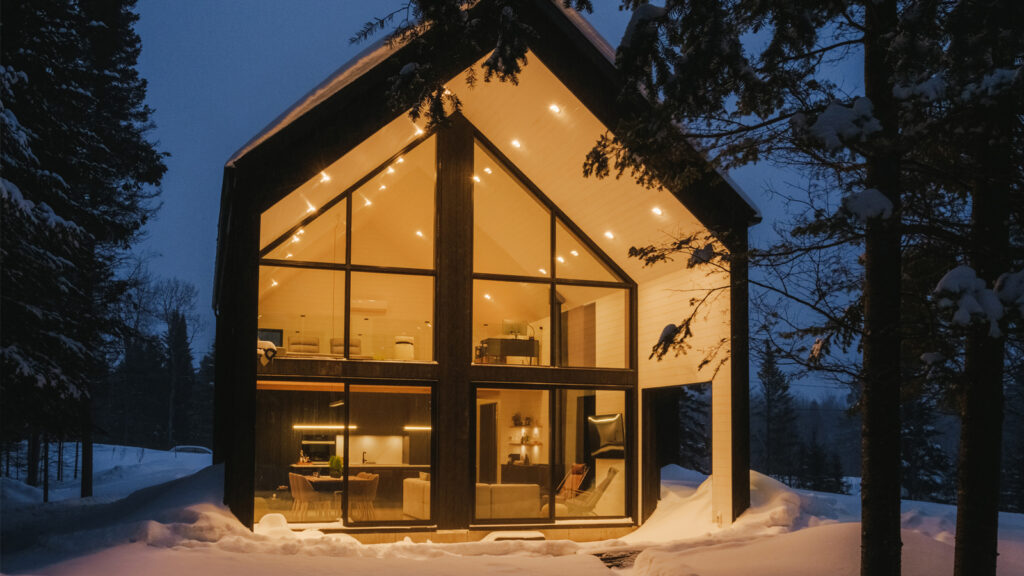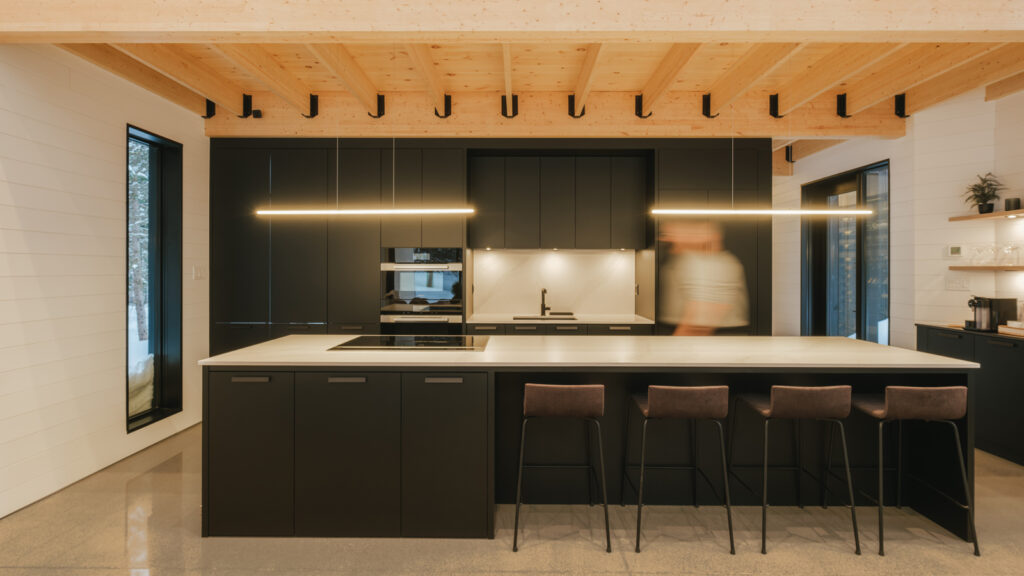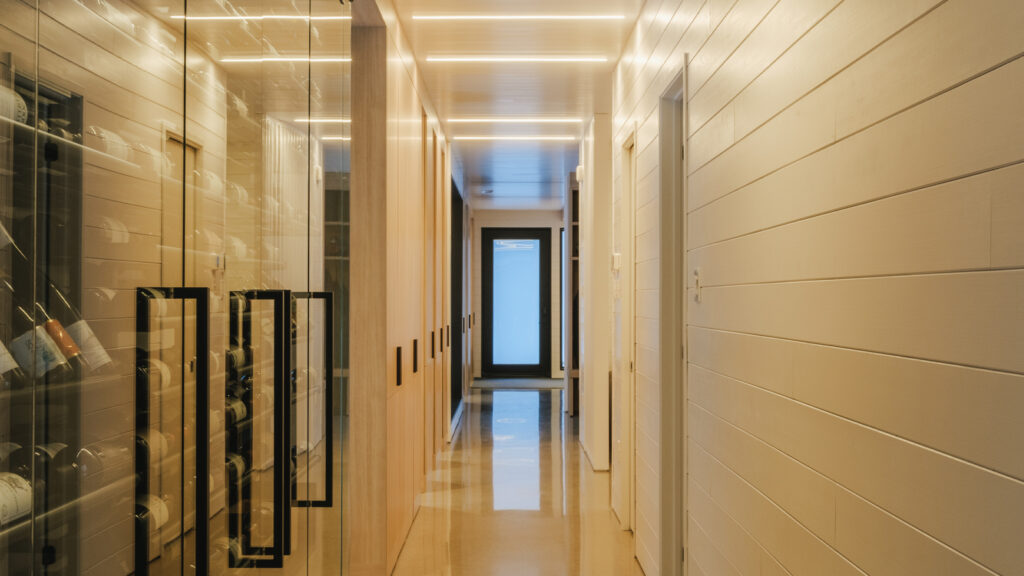WHEN CONVICTION DOMINATE TRENDS
Consumption choices are increasingly driven by deep convictions to preserve our planet or maintain a healthy life balance.
From the focus on the energy transition to the integration of nature, discover several trends that will influence how stoves and fireplaces are incorporated into homes in the coming years.
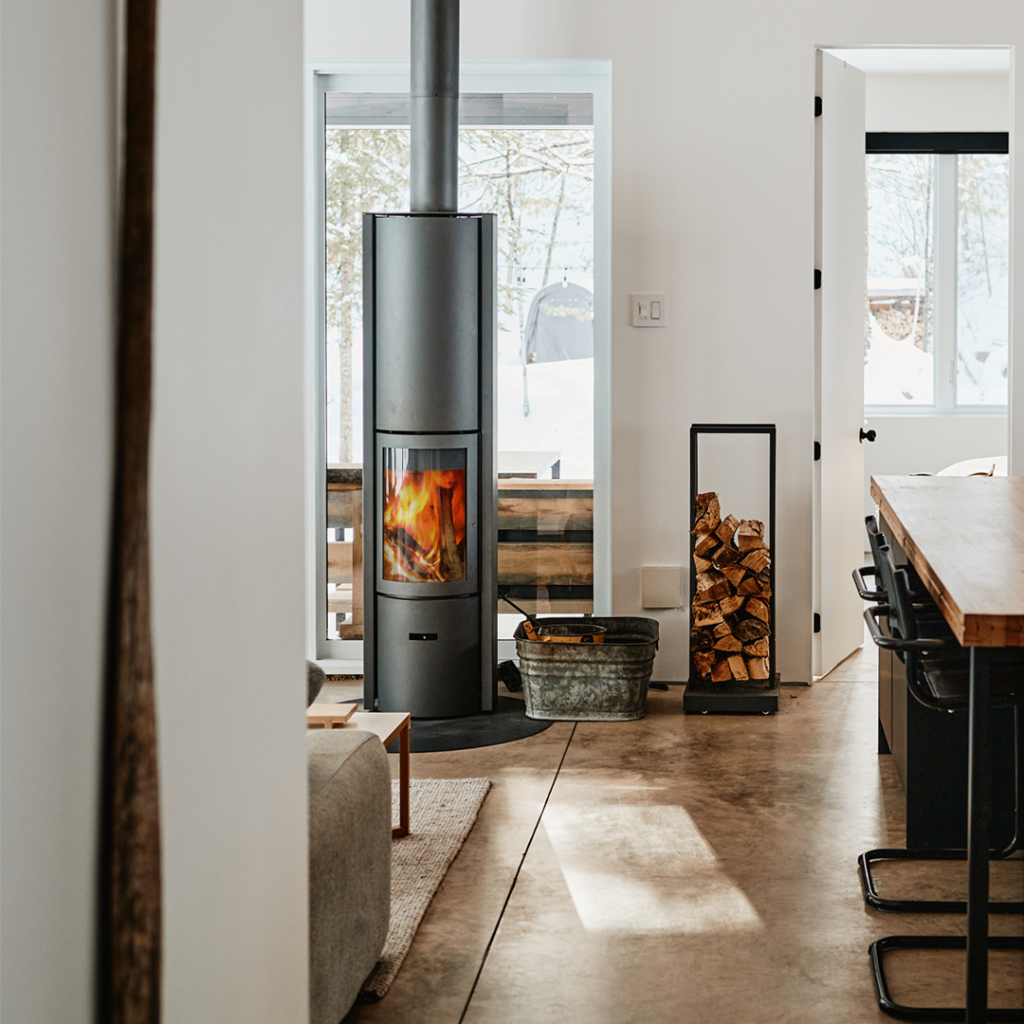
[1] Committing to Energy Transition
Energy transition is essential to slowing climate change. Consumers no longer wish to rely on a single energy source. Wood heating, as a renewable resource, offers a reliable and efficient solution. In addition to reducing heating costs, it provides several advantages, including reassuring autonomy, as it can function even during power outages.
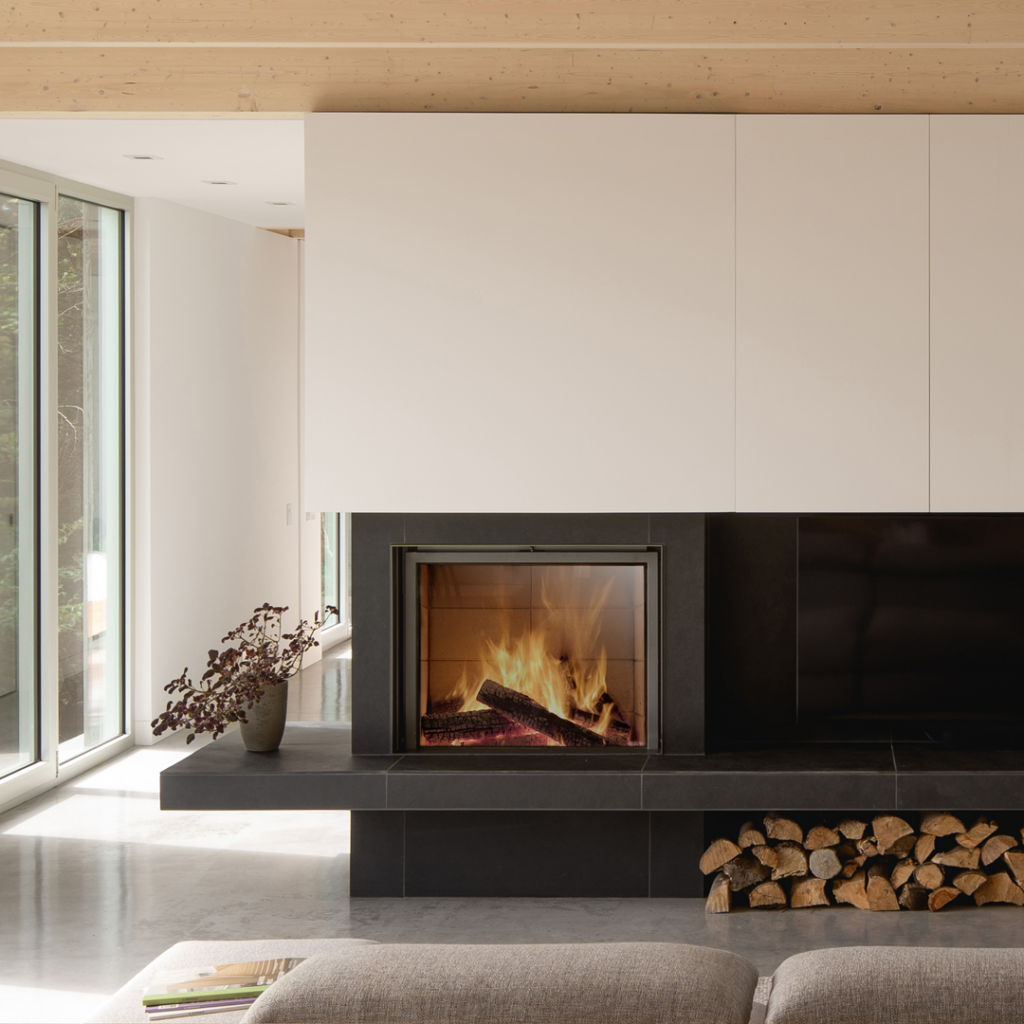
[2] Integrating Nature
Interest in biophilia, the innate human need for nature and life forms, has intensified during the pandemic. Many have found nature a way to reduce stress. Plants, and even trees, have made their way indoors. Wood heating has regained its prestige. Wood stoves and log carts are now proudly displayed in living rooms. Some gas fireplace owners are opting for a second wood-burning device to add a natural element to their home.
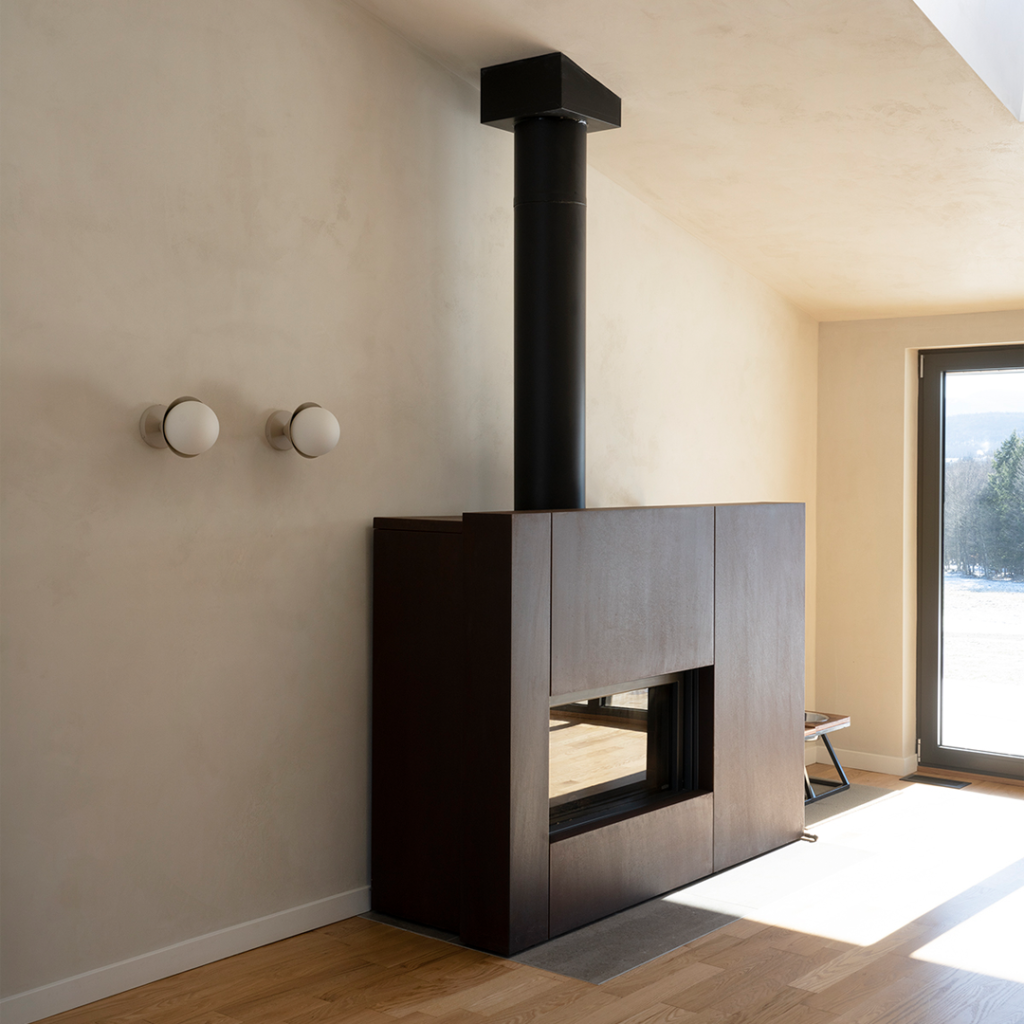
[3] Embracing Minimalism
Still trendy, minimalism continues to captivate interior design. Discreet, timelessly designed appliances with clean, straight lines are favored. This minimalism also extends to their functionality: hidden mechanisms and technologies ensure combustion with low particulate emissions.
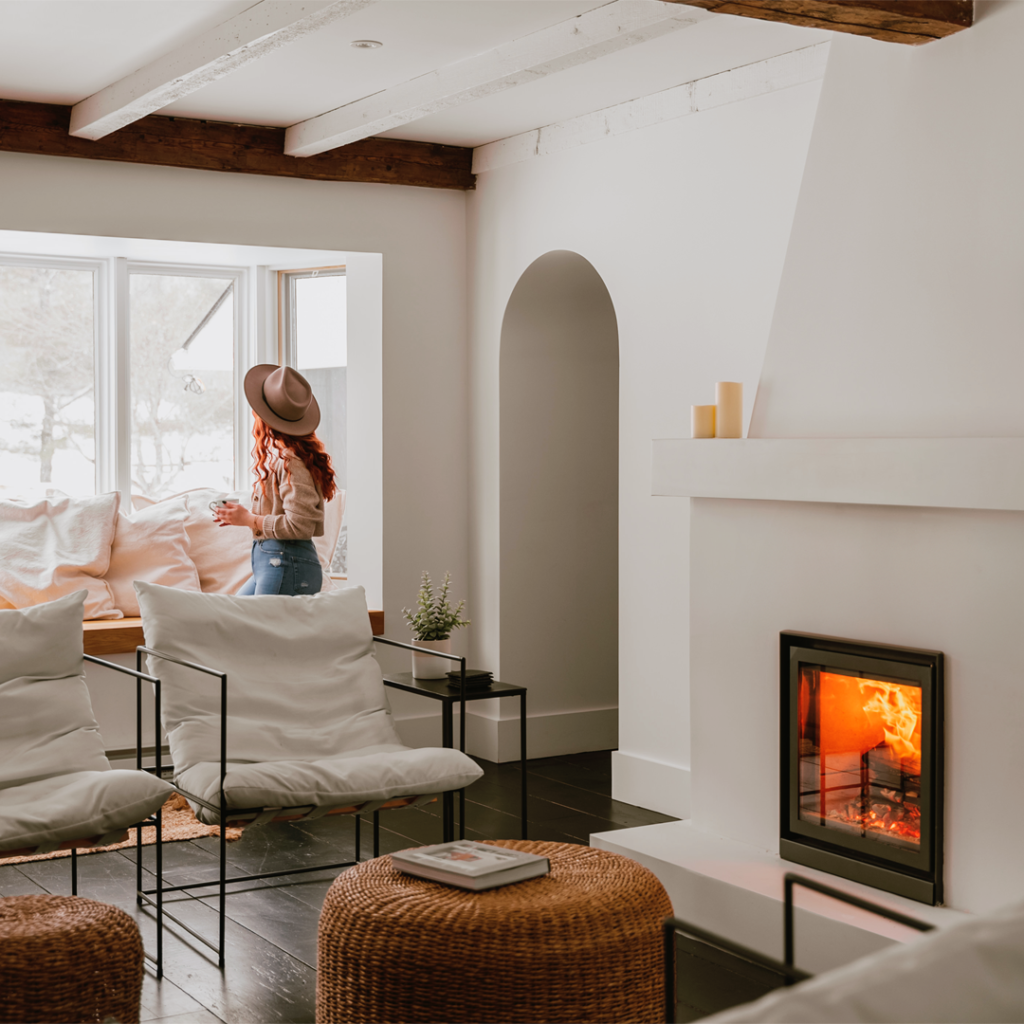
[4] Transforming the Home into a Haven of Peace
Rest is essential, and the home is increasingly becoming a place of rejuvenation. For example, therapeutic baths and yoga studios are finding their place. Numerous studies show that the unique warmth of a wood stove or fireplace contributes to well-being. The entire ritual surrounding fire preparation and its contemplation are elements that align with this quest for peace.
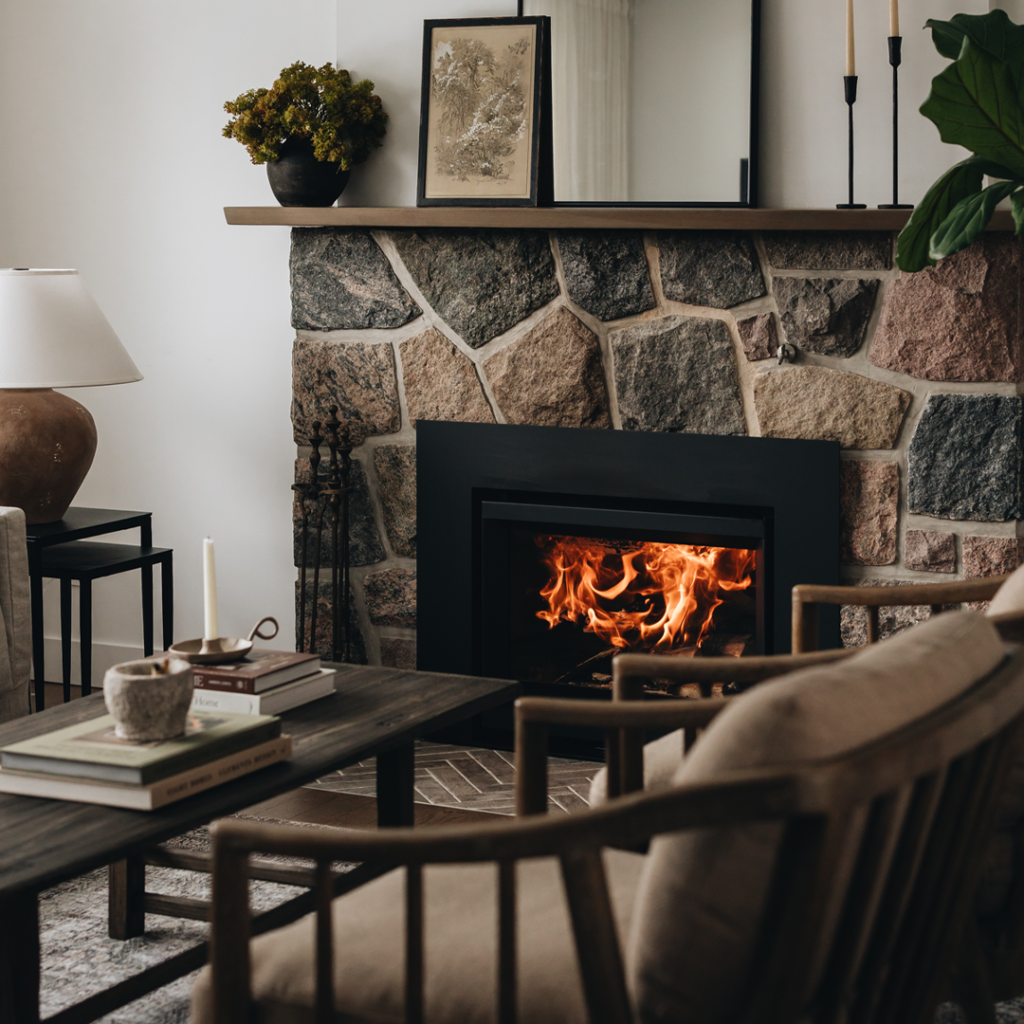
[5] Choosing Durability
Before buying, consumers are increasingly considering product durability and environmental impact. The longevity of the heating appliance and the quality of after-sales service are now crucial criteria. Consumers are willing to invest if the company offers products that resonate with their convictions.

